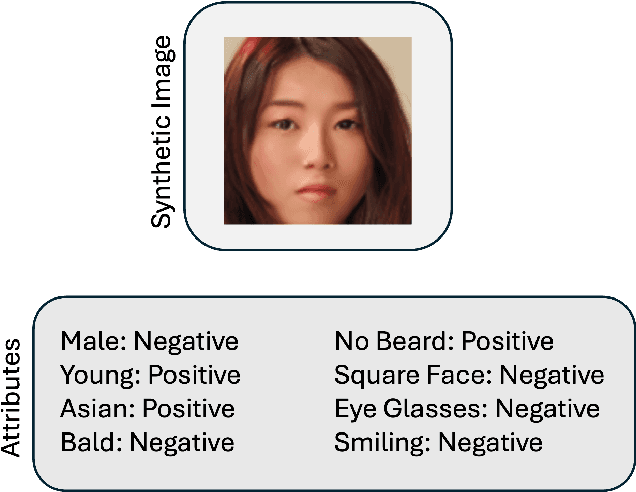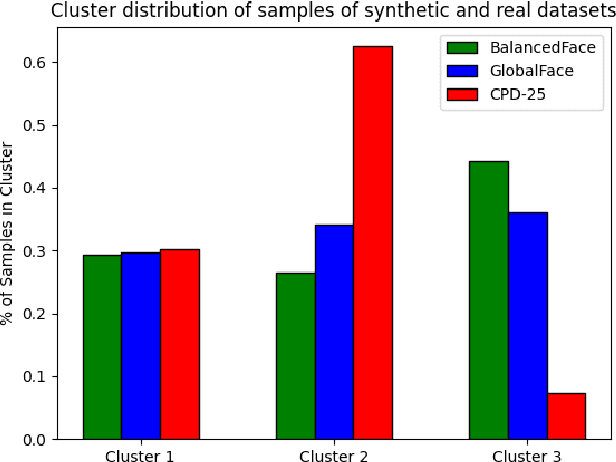Rafael M. Mamede
Fairness Under Cover: Evaluating the Impact of Occlusions on Demographic Bias in Facial Recognition
Aug 19, 2024Abstract:This study investigates the effects of occlusions on the fairness of face recognition systems, particularly focusing on demographic biases. Using the Racial Faces in the Wild (RFW) dataset and synthetically added realistic occlusions, we evaluate their effect on the performance of face recognition models trained on the BUPT-Balanced and BUPT-GlobalFace datasets. We note increases in the dispersion of FMR, FNMR, and accuracy alongside decreases in fairness according to Equilized Odds, Demographic Parity, STD of Accuracy, and Fairness Discrepancy Rate. Additionally, we utilize a pixel attribution method to understand the importance of occlusions in model predictions, proposing a new metric, Face Occlusion Impact Ratio (FOIR), that quantifies the extent to which occlusions affect model performance across different demographic groups. Our results indicate that occlusions exacerbate existing demographic biases, with models placing higher importance on occlusions in an unequal fashion, particularly affecting African individuals more severely.
Massively Annotated Datasets for Assessment of Synthetic and Real Data in Face Recognition
Apr 23, 2024



Abstract:Face recognition applications have grown in parallel with the size of datasets, complexity of deep learning models and computational power. However, while deep learning models evolve to become more capable and computational power keeps increasing, the datasets available are being retracted and removed from public access. Privacy and ethical concerns are relevant topics within these domains. Through generative artificial intelligence, researchers have put efforts into the development of completely synthetic datasets that can be used to train face recognition systems. Nonetheless, the recent advances have not been sufficient to achieve performance comparable to the state-of-the-art models trained on real data. To study the drift between the performance of models trained on real and synthetic datasets, we leverage a massive attribute classifier (MAC) to create annotations for four datasets: two real and two synthetic. From these annotations, we conduct studies on the distribution of each attribute within all four datasets. Additionally, we further inspect the differences between real and synthetic datasets on the attribute set. When comparing through the Kullback-Leibler divergence we have found differences between real and synthetic samples. Interestingly enough, we have verified that while real samples suffice to explain the synthetic distribution, the opposite could not be further from being true.
 Add to Chrome
Add to Chrome Add to Firefox
Add to Firefox Add to Edge
Add to Edge